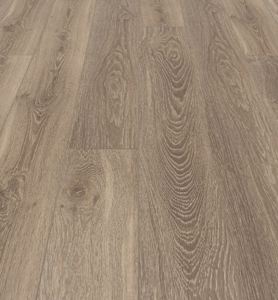When it comes to flooring, a floating floor is something that you may have heard of in the past. However, it’s not necessarily the best match for every person or every situation. The good news is that you have a lot of wooden options that can help meet these needs. Let’s take a look at what floating floors exactly are and what alternatives are on the table.

A floating floor is a style, not a material.
What Is A Floating Floor?
It’s important to note that a floating floor installation isn’t so much a material as it is a style. In these installations, the flooring material ends up floating over the subfloor and underlayment. You can use a variety of different materials to implement this, but the core method is that individual planks or tiles interlock edge by edge. The end result is a sort of mat surface that rests on the underlayment. This serves as an alternative to the conventional stone tiles and ceramic tiles, which are generally glued or nailed down. The main appeal of going this route is the ease of installation. In theory, a person could do things DIY if they are willing to take the time to follow instructions correctly.
Best Options
There are quite a few wooden options you can use to reap some of the benefits without necessarily needing to commit to a floating installation. For example, laminate flooring uses a vinyl cover over composite wood to provide any appearance that you like, without having to buy expensive or exotic wood. Engineered wood flooring, another option, is applied to a plywood subfloor, by comparison. However, it also has that upper cosmetic layer that can be easily customized.
To put together/install your floating floor in your home, you want professional support, and our team at T & G Flooring is ready to help you in any way that you want.

